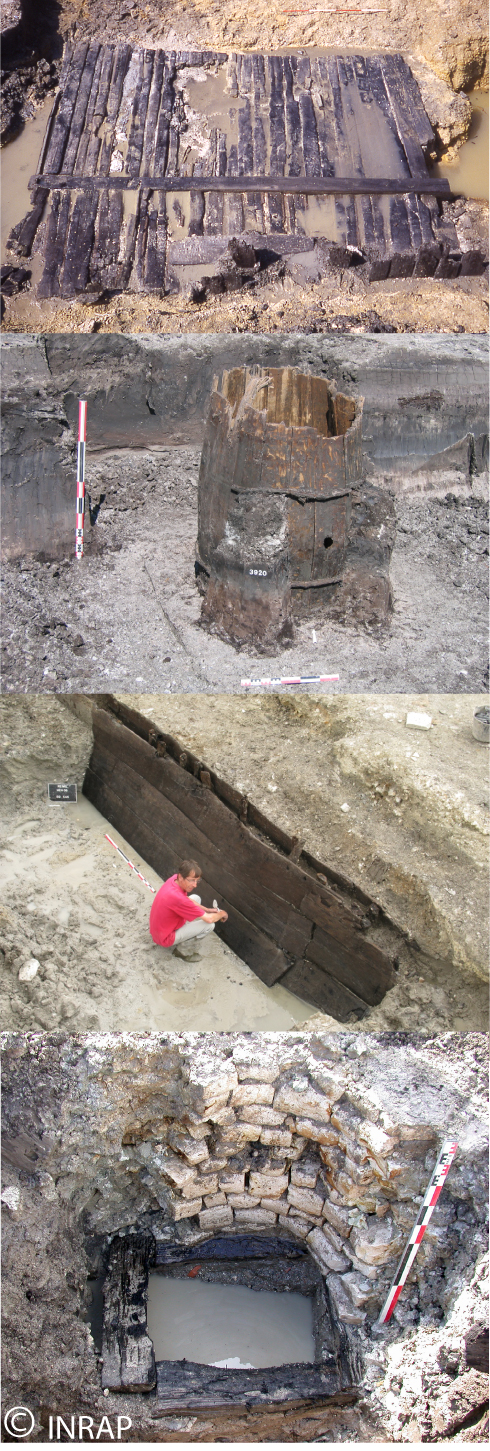Tree ring based reconstructions of cultural, environmental and climatic change in central Europe throughout the Holocene
In this project, we will perform the first systematic extraction of climatic information contained in over 9000 oak and silver fir tree ring series spanning the past 3000 years.
These data were collected over the past decade primarily from archaeological sites in northeast France and southwest Germany, and we believe this compilation has reached a critical mass (e.g., length, sample replication, no gaps) to allow palaeoclimatic, ecological, and historical questions to be comprehensively addressed. Species specific reactions to summer moisture stress will be identified, compared, and then optimally combined to reconstruct hydroclimatic variations. Differences in growth reactions at high (inter-annual), middle (multi-decadal), and low (multi-centennial) frequencies will be investigated to characterize short, middle and long-term changes in summer moisture availability. By capitalizing upon the rich data archives and interdisciplinary synergies, the group of experts involved in this project expect to i) develop regional multi-millennial oak and fir chronologies, ii) analyze the within and between species reactions to drought, iii) reconstruct the intensity and spatiotemporal patterns of precipitation extremes and episodes (e.g., droughts), iv) link reconstructed changes in high to low-frequency hydroclimatic variation with synoptic forcing, and v) provide new assessments for the relationships between climate variation and human history.
Project Management:
University of Freiburg, Chair of Forest Growth
Dr. Willy Tegel, Dr. Dietrich Hakelberg
Financing:
DFG, German Research Foundation

